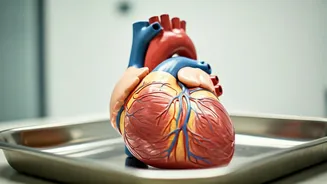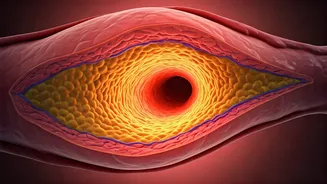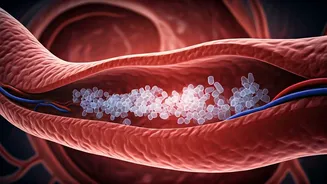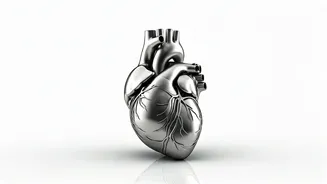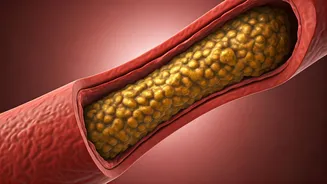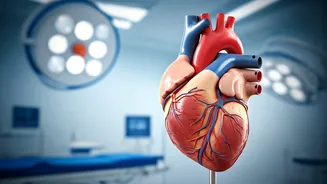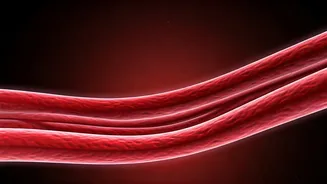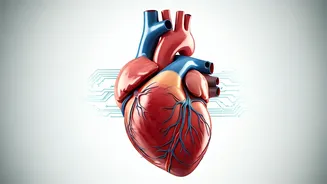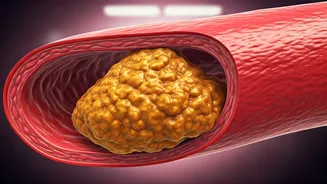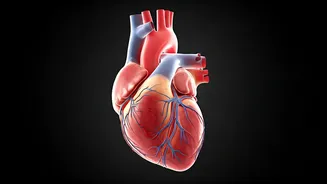Initial Misdiagnosis Concerns
The case of a 58-year-old Bengaluru doctor who didn't recognize his own heart attack symptoms has sparked serious questions. Despite having clear indications
of a cardiac event for six hours, the doctor didn't seek immediate medical help. This highlights a significant problem where even medical professionals can miss the early warnings of a heart attack. The incident underlines the critical need for a broader understanding of heart attack symptoms among the public and the medical community. Early detection and prompt intervention are crucial for survival, but this incident emphasizes the dangers of overlooking these initial signs. This particular situation leads to concerns about how well-informed individuals are about their own health conditions, especially when experiencing pain or discomfort.
Common Overlooked Symptoms
Heart attack symptoms can often be vague or attributed to other less serious conditions, leading to dangerous delays in seeking treatment. Common symptoms include chest pain or discomfort, which can feel like pressure, squeezing, or fullness. Other symptoms involve shortness of breath, nausea, lightheadedness, and pain radiating to the arm, jaw, or back. These symptoms can be subtle and easily mistaken for indigestion, stress, or other minor ailments. Women, in particular, may experience atypical symptoms, making diagnosis even more difficult. The lack of awareness regarding these varied symptoms means that individuals may not realize they are experiencing a life-threatening event. Therefore, it is important to understand the range of possible symptoms and to take any warning signs seriously, seeking medical help without delay.
Contributing Factors Examined
Several factors can contribute to the failure to recognize heart attack symptoms. These can include a lack of awareness of the range of symptoms, especially less common ones. Stress, fatigue, and other health issues can also mask the symptoms, making it hard to identify the underlying problem. Furthermore, a person's individual pain tolerance and overall health condition can influence how they perceive the symptoms. Misdiagnosis often results from a failure to consider the possibility of a heart attack, especially in individuals with no prior history of heart problems. Delays in seeking treatment can be disastrous, leading to increased heart damage and a higher risk of complications. Therefore, it is important to educate oneself and to be proactive in addressing any potential heart attack signs, ensuring access to timely medical intervention.
Importance of Early Action
Early and swift action is crucial for a heart attack. The longer a patient delays getting treatment, the greater the risk of irreversible damage to the heart muscle. Immediate treatment, such as medications to dissolve blood clots or procedures to open blocked arteries, can significantly reduce this damage and improve the chances of survival. Knowing the symptoms and responding quickly can make the difference between life and death. Emergency medical services are prepared to provide immediate care and transport patients to facilities equipped for cardiac treatment. Individuals should not hesitate to seek medical help if they suspect they may be having a heart attack. Every minute counts when it comes to heart health; therefore, immediate intervention maximizes the likelihood of a positive outcome and minimizes long-term complications.
Public Awareness Campaigns
Public awareness campaigns are critical to educate people about heart attack symptoms and the importance of seeking help promptly. Such campaigns can provide accessible information about recognizing common and less common signs of a heart attack. They should focus on educating specific groups, such as women and the elderly, who are more likely to experience atypical symptoms. Moreover, public health initiatives should emphasize the need for rapid medical intervention and how to access emergency services effectively. These efforts can help save lives by empowering people to recognize the early warning signs and respond appropriately. Education, coupled with broader access to timely medical care, can significantly reduce mortality rates associated with heart attacks and improve public health outcomes.
Medical Professional Training
Medical professionals also need continuous training to improve their ability to diagnose heart attacks. Ongoing education ensures that healthcare providers remain up-to-date on the latest diagnostic techniques and treatment protocols. Regular training can help doctors and other healthcare professionals recognize subtle symptoms and provide timely care. Emphasis on differential diagnosis, where various conditions are considered to rule out other possible causes, is also essential. This helps to reduce the likelihood of overlooking heart attack signs and allows for quicker and more accurate diagnoses. It is essential to improve awareness and understanding among medical professionals so they can respond effectively in critical situations, increasing the chances of patient survival and improved health outcomes.
